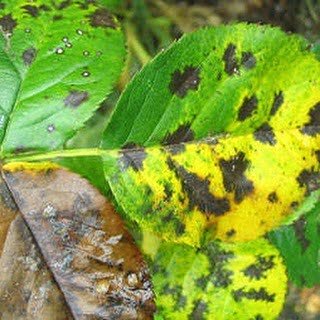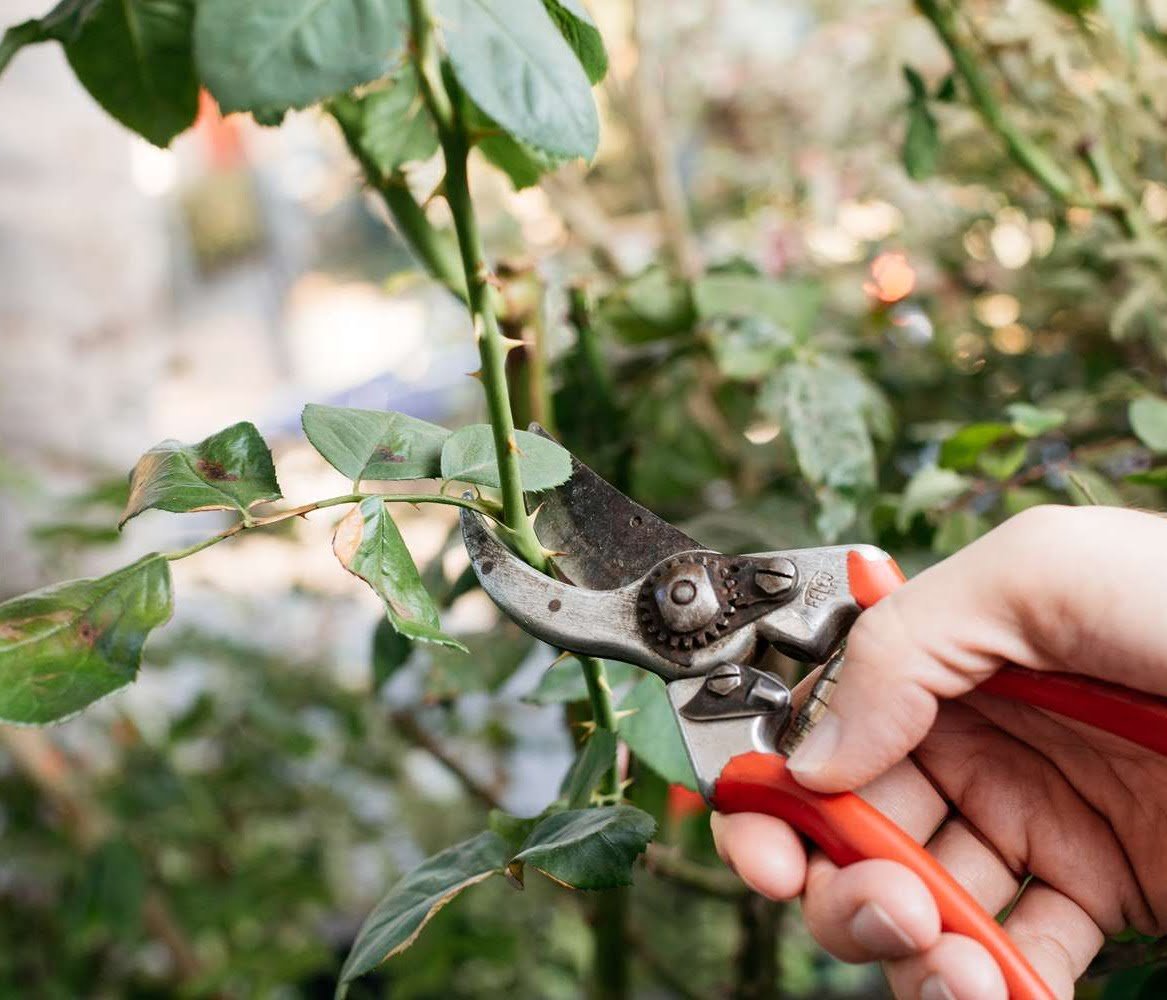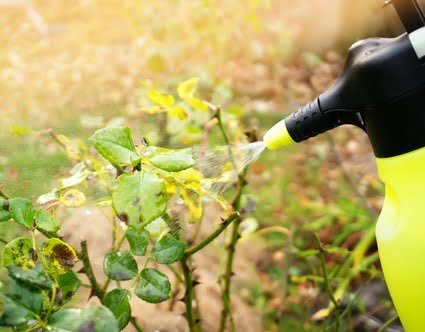Discover effective strategies to identify, prevent, and combat the dreaded Black Spot disease on your beloved Rose Plants. This comprehensive guide equips you with the knowledge and practical tips to keep your roses thriving and free from the unsightly fungal infection.
For Rose enthusiasts, few things are more disheartening than the sight of Black Spots on the leaves of their prized plants. This unsightly condition, known as black spot or rose black spot, is caused by the fungus Diplocarpon rosae and can quickly spread, causing premature leaf drop and weakening the overall health of your roses. However, with the right knowledge and proactive approach, you can effectively combat this scourge and maintain a vibrant and healthy rose garden.
Understanding Black Spot Disease

Black spot is a fungal disease that primarily affects the leaves of rose plants. It manifests as circular black spots with feathery edges, eventually causing the leaves to turn yellow and drop prematurely. The fungus responsible for this condition, Diplocarpon rosae, can overwinter on fallen leaves and rose canes, making it crucial to remove and dispose of any infected plant material properly.
Identifying the Signs

Early detection is key to effectively managing black spot disease. Keep a watchful eye on your rose plants and look for the following signs:
- Small, circular black spots on the upper surface of the leaves
- Yellow halos surrounding the black spots
- Premature yellowing and dropping of leaves
- Black, fuzzy growth on the undersides of leaves (in severe cases)
By recognizing these symptoms early, you can take swift action to prevent the disease from spreading and causing further damage to your roses.
Cultural Control Measures

Implementing proper cultural practices can go a long way in preventing and managing black spot disease. Here are some effective strategies:
- Proper Spacing: Ensure adequate spacing between rose plants to promote good air circulation and prevent moisture buildup, which can encourage fungal growth.
- Pruning: Regularly prune out any infected canes or leaves, making clean cuts to prevent the spread of the disease. Disinfect your pruning tools after each use.
- Watering Techniques: Water your roses at the base, avoiding overhead watering that can spread fungal spores and promote leaf wetness.
- Mulching: Apply a layer of organic mulch around the base of your rose plants to suppress weed growth and regulate soil moisture levels.
- Sanitation: Remove and dispose of any fallen leaves or debris from the garden area to eliminate potential sources of fungal spores.
Choosing Resistant Varieties
One effective way to combat black spot disease is by selecting rose varieties that are known to be resistant or tolerant to the fungus. Many modern rose cultivars have been developed specifically for their resistance to black spot, making them a wise choice for gardeners who want to minimize the risk of infection. Consult with local nurseries or rose societies to identify the best resistant varieties for your area.
Biological and Chemical Controls

In cases where cultural controls alone are not sufficient, you may need to consider biological or chemical control methods. However, it’s important to exercise caution and follow all instructions carefully.
- Biological Controls: Certain beneficial fungi and bacteria can help suppress the growth of the black spot fungus. Look for products containing Bacillus subtilis or Trichoderma species, which can be applied as foliar sprays or soil amendments.
- Chemical Fungicides: If the infestation is severe, you may need to resort to chemical fungicides as a last resort. Look for products containing active ingredients like chlorothalonil, propiconazole, or myclobutanil, which are effective against black spot. Always follow the manufacturer’s instructions for proper application and safety precautions.
It’s important to note that chemical fungicides should be used judiciously and as a last resort, as they can have negative impacts on beneficial insects and the environment if not used responsibly.
Maintaining Healthy Roses

Preventing black spot disease is easier when your roses are in optimal health. Ensure your plants receive adequate sunlight, water, and nutrients by following these guidelines:
- Sunlight: Roses thrive in full sun, receiving at least six hours of direct sunlight per day.
- Watering: Water your roses deeply and consistently, avoiding excessive moisture or drought conditions.
- Fertilization: Apply a balanced, slow-release fertilizer formulated for roses in early spring and again in mid-summer to promote vigorous growth.
- Soil Preparation: Amend your soil with organic matter, such as compost or well-rotted manure, to improve drainage and nutrient availability.
By providing your roses with the ideal growing conditions, you’ll not only enhance their overall health but also boost their natural resistance to diseases like black spot.
Embracing a Proactive Approach: Combating black spot on roses requires a proactive and comprehensive approach. By implementing cultural controls, selecting resistant varieties, and employing biological or chemical controls when necessary, you can effectively manage this fungal disease and keep your rose garden thriving. Remember, prevention is key, so stay vigilant, monitor your plants regularly, and take action at the first signs of trouble. With dedication and the right strategies, you can enjoy beautiful, healthy roses for years to come.
Pingback: The Secret to a Lush Lawn: What a Lawn Scarifier is, and How to Use It
Pingback: Jade Plant: A Comprehensive Guide to Growing and Caring for Crassula Ovata
Pingback: Understanding and Managing Anthracnose: A Fungal Foe of Plants
Pingback: Frangipani: A Comprehensive Guide to Growing and Care
Pingback: How To Grow And Care For Climbing Roses - Gardener's School
Pingback: Rainbow Roses: Unveiling the Mystery Behind Vibrant Hues
Pingback: The Ultimate Guide to Growing Carnations : A Fragrant Delight for Your Garden